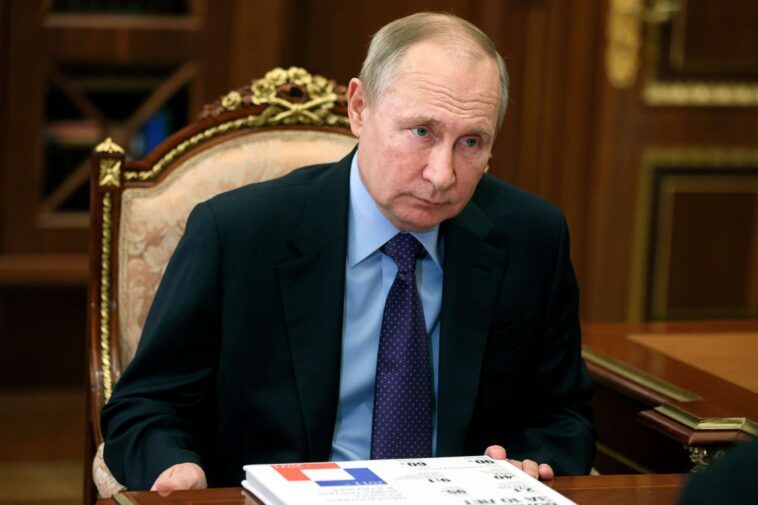The United States President has presented President Putin of Russia with an imperative; impose a solid 100 percent tariff on Russian goods unless Moscow resolves the Ukraine conflict within a defined period of 50 days. The announcement made by the President on Monday implies that without a satisfactory response from Russia in 50 days, the consequences will include heightened tariffs. The question arises – what happens if Russia does not terminate its conflict with Ukraine within the proposed span of 50 days?
The answer to this lies in the details of the President’s statement. The President elaborated that if after 50 days there is no halt to the hostilities or any peace agreement brought into effect, and Russia simply declines to authentically consent to a ceasefire, then they will have to bear the burden of steep tariffs, coupled with additional sanctions. Nations that receive oil supplies from Russia will also be subject to these sanctions, causing a significant downturn in Russia’s economy.
The President holds a keen desire to see this war concluded diplomatically. As part of their constant efforts, this administration has dedicated countless hours and significant resources in an attempt to resolve this conflict which, albeit remote, holds global significance. Amidst his strong commitment to end the violence, the President also has an unwavering focus on saving human lives and rejects the notion of the situation being solely about the tariffs.
The first half is understood as the imposition of secondary tariffs, but the trade between the U.S. and Russia, amounting to a mere $3 billion in the year 2024, forms a significant part of this discourse. Anticipations predict a further decrease in the trade volume this year. Both the President and the Treasury Secretary, on the 2nd of April, stated that there was currently no requirement for the imposition of any tariffs on Russia.
Why has this position changed now and how will it persuade compliance from Russia to bring about peace? On this matter, they had noted that the limited volume of trade between the nations precludes the need for tariffs. The term used was ‘precludes’. Hence the question arises, why adopt such a stance now and how this stance might instigate Russia to a ceasefire or peace agreement?
In the broader context, concerning Ukraine, a sum of $3 billion is still of considerable significance. And, while tariffs are at the forefront of this discussion, it’s important to remember the forthcoming secondary sanctions that are scheduled to be implemented post 50 days. The gravity and extent of repercussions extend beyond just tariffs.
Despite the President’s mandate, Russian leadership continues to remain steadfast in their response. In the face of the President’s ultimatum, Russia has chosen rejection and continues to perpetrate daily attacks on Ukraine. The intensity of this aggression is clear with the deployment of hundreds of missiles and drone strikes, often impacting civilian populated areas.
The aim of these proposed fiscal measures is ultimately to halt the ongoing conflict in Ukraine. The desired state is one where armed conflict is replaced with diplomacy and civil dialogue. As the 50-day countdown commences, the world watches with concern and hopeful anticipation for a peaceful resolution.
The suggested tariffs and secondary sanctions are viewed as potent tools that could potentially influence Russia’s actions. However, this proposal also raises questions surrounding global trade relations and the wider economic impact, particularly considering the already delicate state of international trading dynamics.
This situation puts emphasis on the intricate balance between political decision-making, economic policy, and international diplomacy. As world leaders navigate this complex situation, the focus remains on finding an effective solution for peace.
Russia’s persistent noncompliance and continuous assaults on Ukraine underline the gravity and complexity of the situation. It’s a critical test for international diplomacy, testing the limit of economic sanctions and tariffs as viable tools for persuasion and peacekeeping.
As with every conflict, the human cost remains a pivotal concern. The urgency of the President’s actions highlights the direness of the situation. The ultimate aim of these sanctions is not to wage a fiscal war, but to bring peace and save lives.
Despite skepticism surrounding the effectiveness of these measures, it does set in motion a crucial countdown. Russia now has a set time to respond, either through continued aggression or through a committed move towards peace.
The situation carries immense global ramifications. The 50-day ultimatum begins a tense period of watchful waiting, as nations hope for the cessation of conflict and the commencement of a peace process between Russia and Ukraine.

